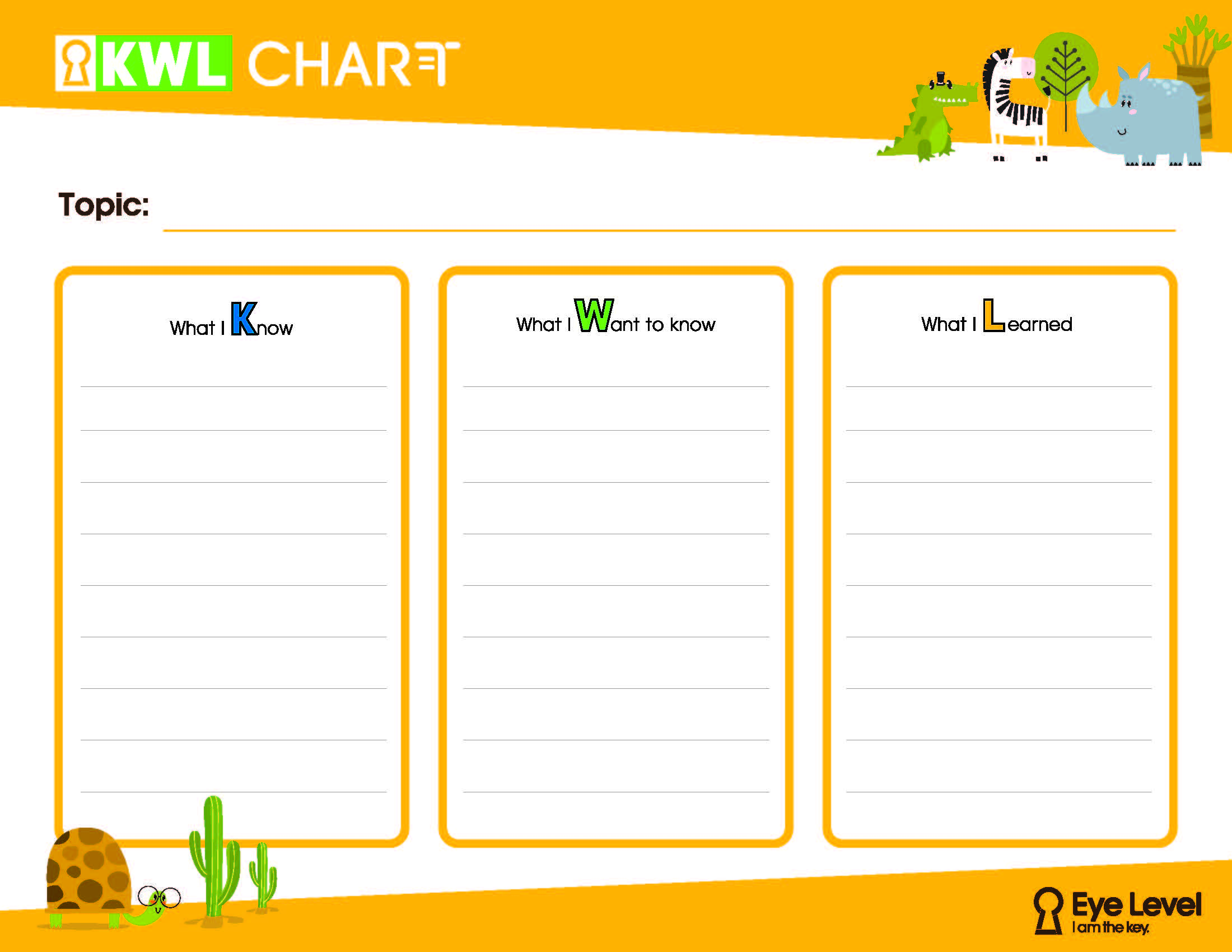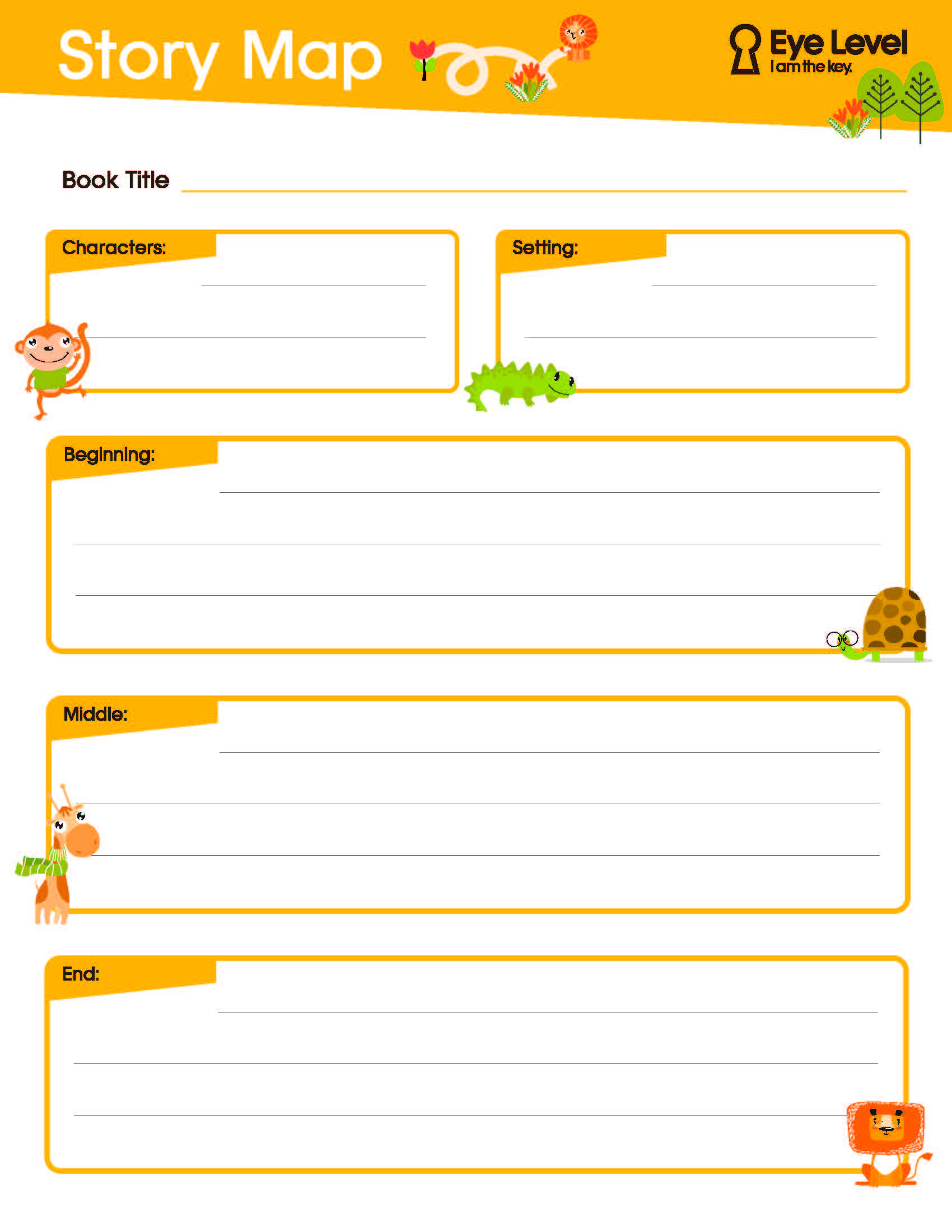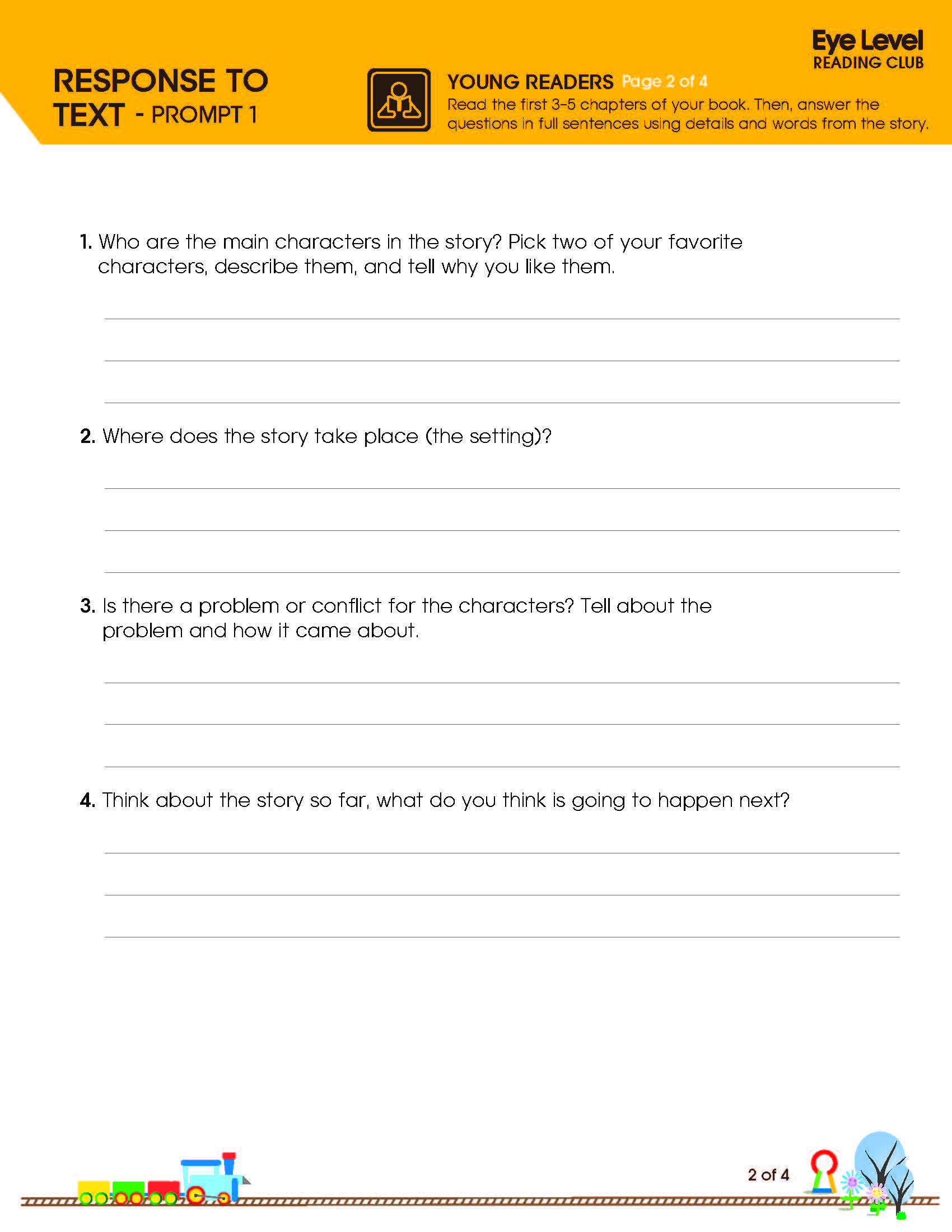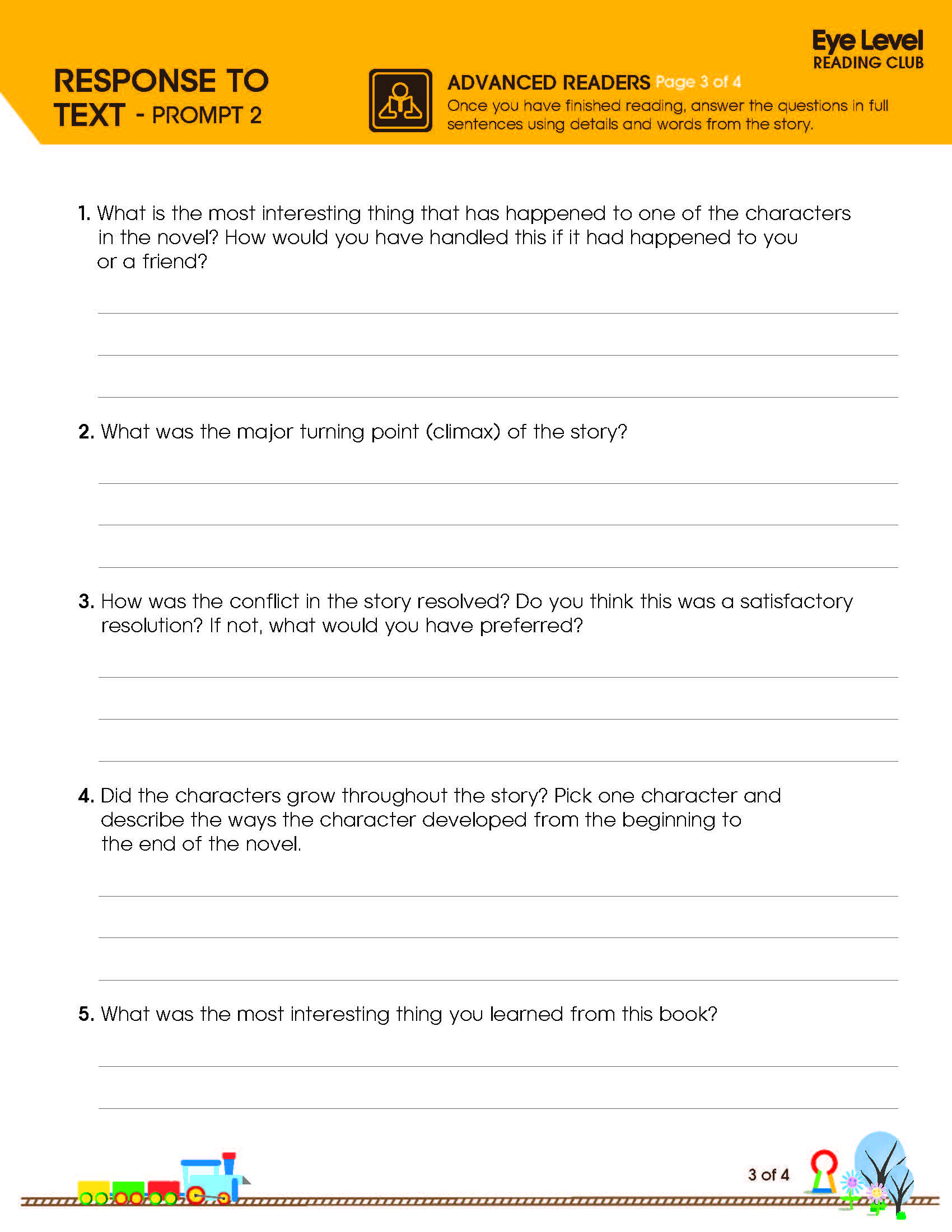Blog
7 Effective Strategies to Improve Reading Comprehension
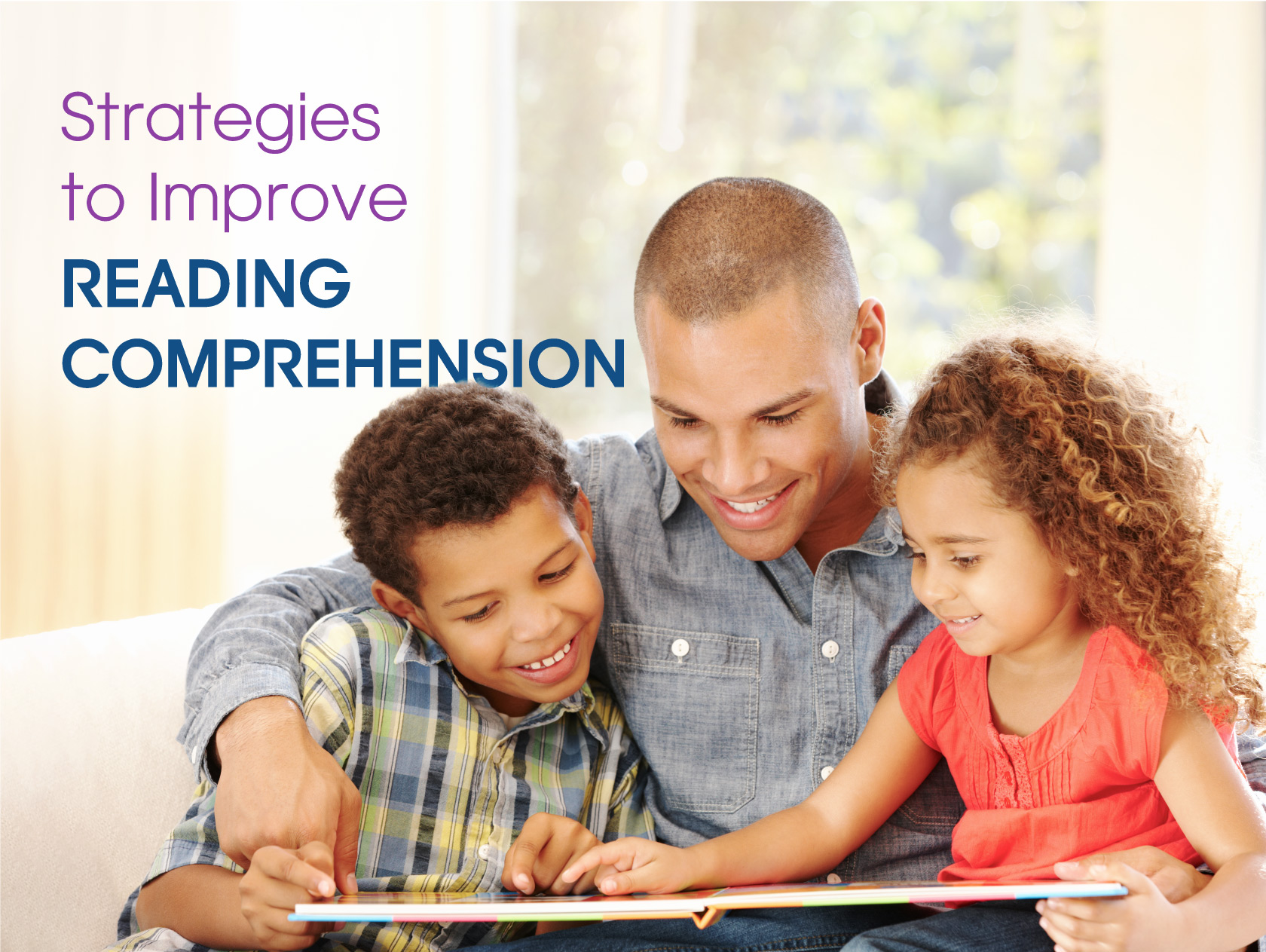
Yield. Enter. Push. Caution. Take one. No talking. Sign in here. Have a seat.
Did you read those words and phrases without hesitation? If so, you can read fluently. As you read, did you understand what those words and phrases meant? If so, you can comprehend what you are reading.
So many activities revolve around the valuable skill of reading. Without the ability to comprehend what we
read, everyday activities would be challenging. There are simple steps you can take to help your child improve
their ability to comprehend text. But
first, be sure to understand the difference between fluency and
comprehension.
Fluency vs. comprehension
A child who reads fluently has mastered the phonological
aspect of reading—understanding the sounds each letter makes individually and
recognizing the sounds letters make when combined. He can literally read the words in front of him.
While this is an important step in developing literacy, it
is only the beginning. Just because a child reads fluently does not necessarily
mean that he comprehends what he is reading.
Have your child read this passage:
Jack throws the ball to Dan. The ball breaks the window, and the boys are
unhappy.
Being able to fluently pronounce each word in the passage is
one thing. Can your child correctly
answer questions such as What happened to the window? What was an effect of the window
breaking? What may logically happen
next?
If your child had difficulty answering those questions, he
may need to improve his comprehension skills.
There are seven easy-to-implement strategies to do that.
Seven strategies for reading comprehension
ReadNaturally.com tells us that “the process of comprehension is
both interactive and strategic. Rather
than passively reading text, readers must analyze it, internalize it, and make
it their own.”
Interacting with a text by applying a tactical approach to reading
strengthens the ability to comprehend the words on a page.
An educational website called LiteracyIdeas.com recommends
seven interactive strategies, that work together, to improve reading
comprehension.
- Monitoring – self-assessing while reading to make sense of the content. A child who monitors her own reading mentally checks in with herself while reading each sentence. She does this to see if she understands what is happening in the text before moving on. You can help your child with monitoring by encouraging her to tell you her thoughts after reading small portions of content.
- Visualizing – creating mental images to make sense of the text. A child who visualizes while reading envisions the scenes being described. You can help your child with visualizing by asking her to share what she is picturing and to explain how that image connects with the text.
- Activating – connecting personal experiences to concepts in the text. A child who is activated while reading relates what is being read to something she has learned about or has experienced. You can help your child with this step by asking her to name another book, movie, activity, place, etc. that relates to portions of the text.
- Questioning – thinking critically and posing reading comprehension questions around “what if” and “why” to understand the text both on the surface and on an analytical level. A child who asks questions is engaged with what she is reading. You can help your child with this concept by modeling the types of questions you would ask about the text.
- Inferring – looking for clues in the text about information the writer is implying. A child who infers can grasp meaning from the text that is not directly on the page. You can help your child with inferring by identifying content to be reviewed closely to get its full meaning.
- Summarizing – retelling the text in one’s own words, including the main points and relevant details. A child who summarizes can accurately identify vital points from the content. You can help your child with summarizing by asking her to list three significant points from the beginning of the text, three from the middle, and three from the end.
- Determining importance – prioritizing the significance of details in a text. A child who determines importance can explain what those specific pieces of information add to the text. You can help your child with determining importance by asking her what questions the reader will have, if any, when details are removed.
Resources to help with comprehension
Developing the skill of comprehension comes through practice
and exposure to a variety of texts.
Reading comprehension activities using graphic organizers can be
completed at all stages of reading – before, during, and after.
- K-W-L chart – prior to reading a non-fiction text, a K-W-L chart can help your child organize pre-reading information. The “K” represents “what I know about this topic,” so it is filled in prior to reading. The “W” represents “what I would like to know about this topic,” so it is also completed pre-reading. The “L” represents “what I learned about this topic,” so it is filled in after reading. This style of graphic organizer will help your child track his thoughts as related to the content. It also requires your child to reflect on whether he truly comprehended what was read when filling in the “what I learned” section.
- Story map – when your child reads a fictional text, a story map will document the chronological order of events. Filling in a story map requires your child to think about which events had a significant role in advancing the plot. This type of graphic organizer can be filled out while he is reading. After reading, it can be revisited to remove events that are not as important as they originally seemed, as well as to add events that were not included.
- Cause-and-effect – regardless of the genre being read, a cause-and-effect graphic organizer can be used. Your child can identify cause-and-effect relationships while and after reading. Identifying these relationships helps your child check in with himself about the impact of one event onto another, whether in literature or in an informative piece.
- Venn diagram – another graphic organizer to use with any content is a Venn diagram, which focuses on comparing as well as contrasting elements. While reading a fiction text, your child can use it to reflect on similarities and differences of two of the story’s characters. If reading a non-fiction text, it can be used to compare and to contrast two of the subtopics.
Oftentimes, a combination of graphic organizers is most effective
in helping your child comprehend all aspects of a text. Also, having questions to answer can be
helpful, which is why we created writing prompts for young
readers and advanced
readers to stay engaged while reading.
Be open to trial and error to find the strategy that works best.
Summary
The ability to read is vital, but it only holds value if the
reader can comprehend the text. Engaging
with the text by applying the seven strategies for reading comprehension, and by
using graphic organizers, allows your child to find meaning in content. As the ability to comprehend content is
nurtured, your child may develop an interest in reading—a win-win of enhancing
literacy and having a newfound leisure activity.
Printable Comprehension Activity Sheets
Literacy Ideas. “Top 7 Reading Comprehension Strategies for
Students and Teachers.” 2022. Retrieved 06 June 2022. https://literacyideas.com/reading-comprehension-strategies/
Read Naturally. “Comprehension: The Goal of Reading.” 2022. Retrieved 06 June 2022. https://www.readnaturally.com/research/5-components-of-reading/comprehension

